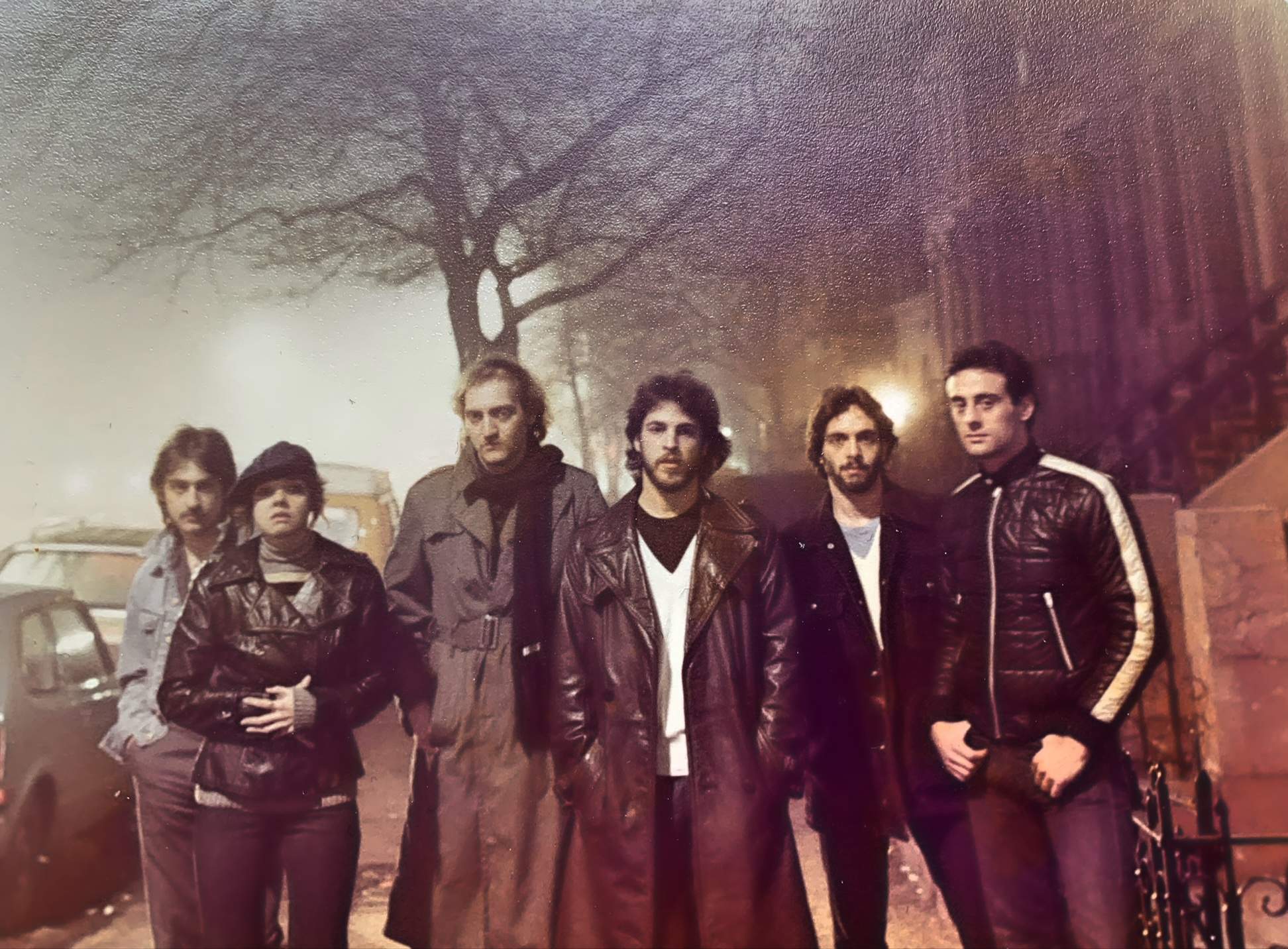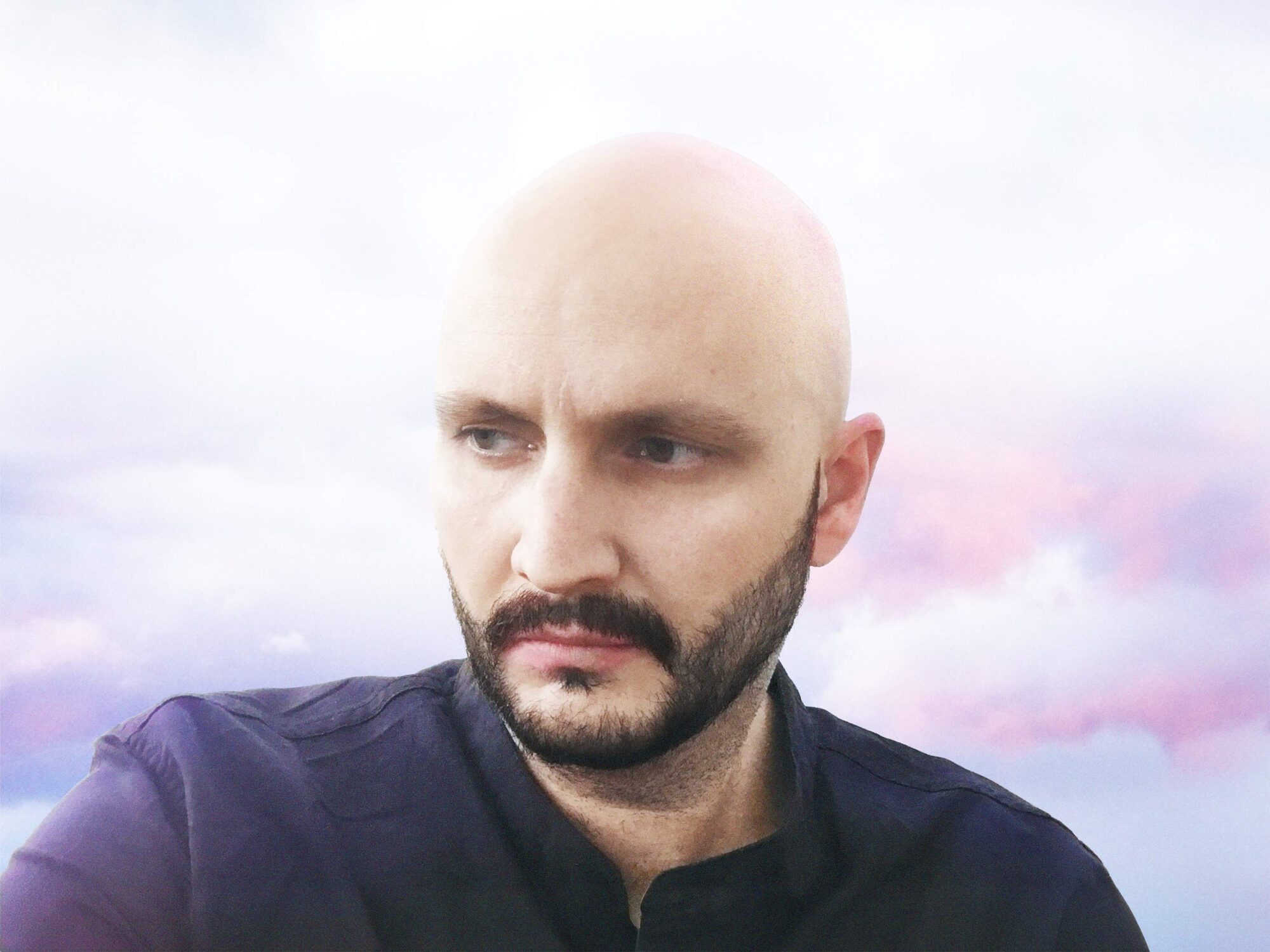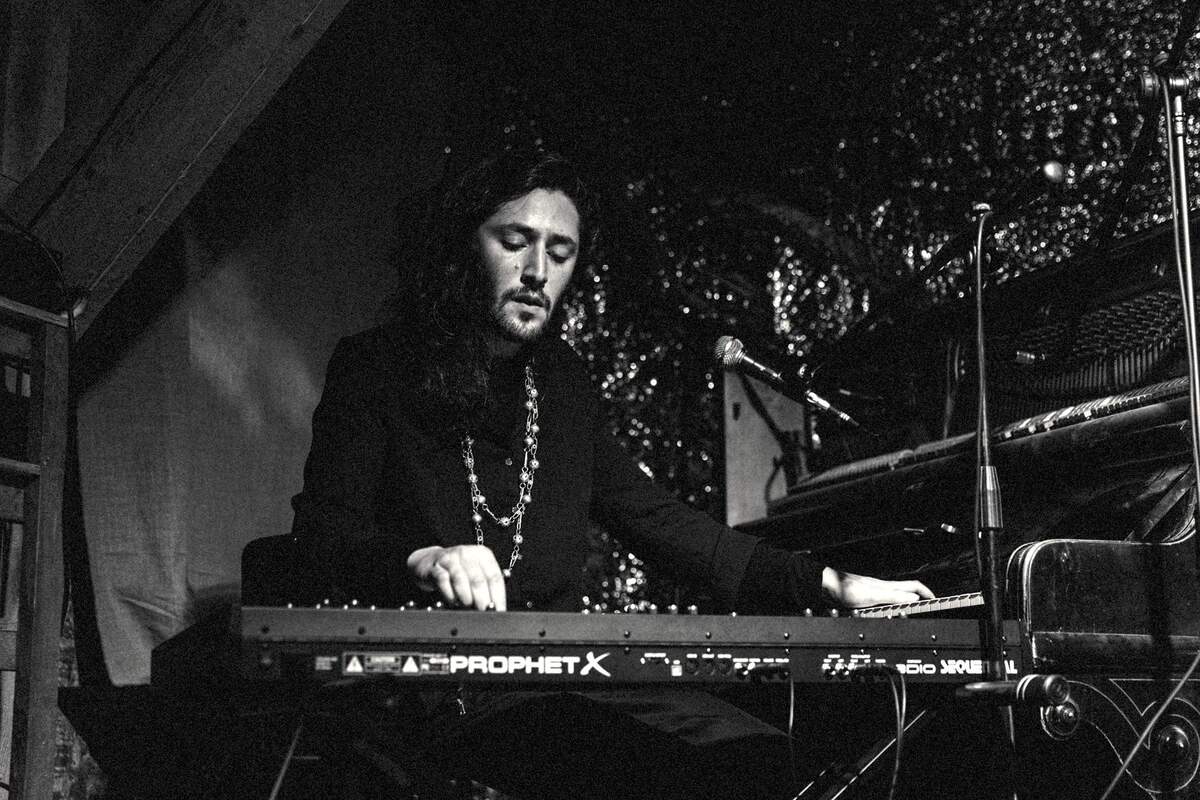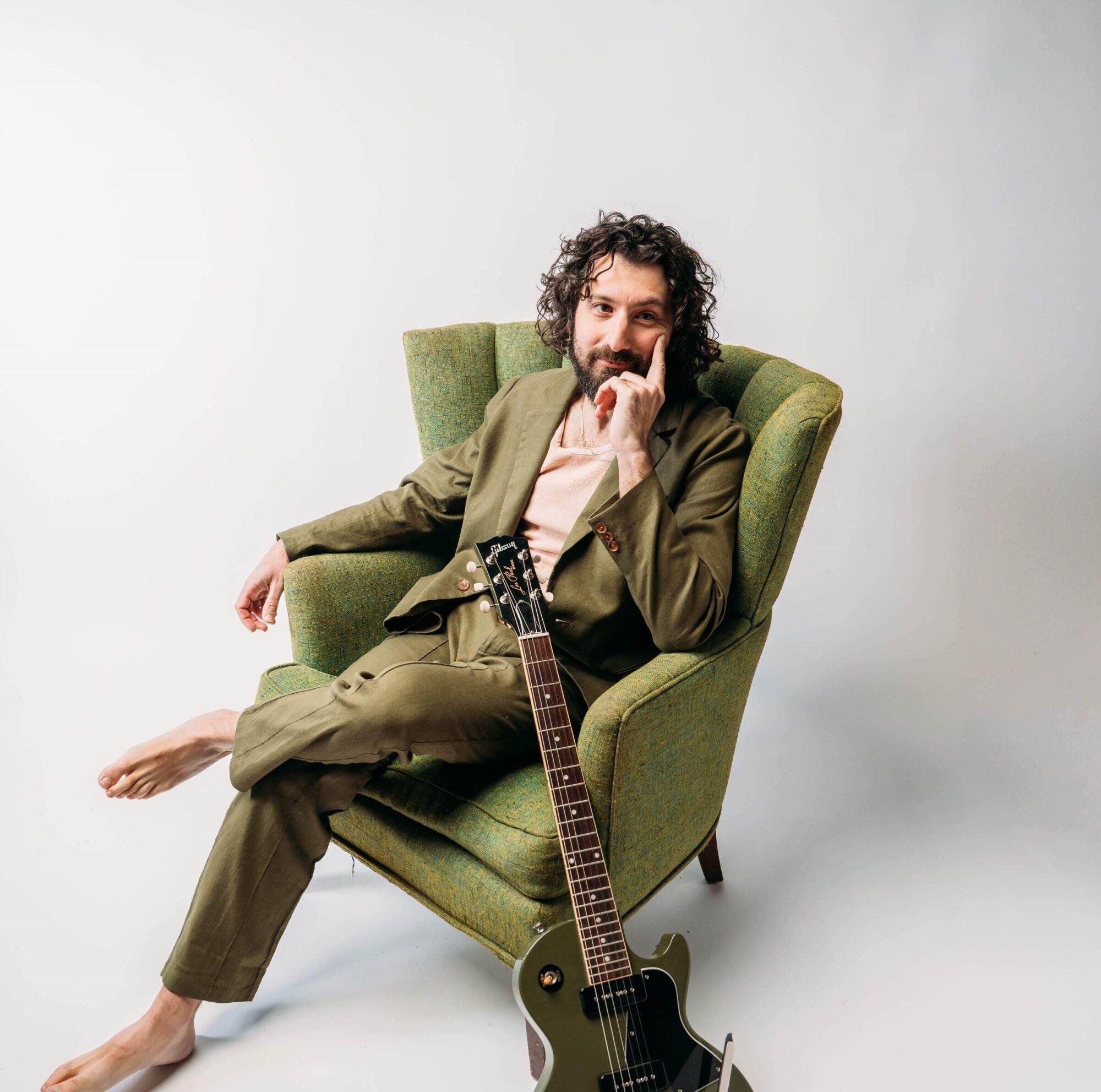The Shirts | Interview | CBGB Legends Reborn
The Shirts, a staple of the late ’70s NYC New Wave scene, are making a comeback from the musical wasteland with their first new tracks in over a decade.
Featuring original members Annie Golden, Robert Racioppo, Arthur Lamonica, and John Piccolo, the band recently released two brand-new tracks, delivering a double shot of their signature sound that blasts with the same raw energy and irresistible hooks that once ruled the New York underground. Their debut album and hits like “Tell Me Your Plans” cracked the European charts, proving that their eclectic, genre-bending approach was more than just a fleeting moment of brilliance. “Street Light Shine” saw them embracing a broader sonic palette, an evolution driven by their collective songwriting prowess. Despite the chaos that engulfed their third album, “Inner Sleeve,” they managed to keep the flame alive, showing that even in the face of adversity, their creative spirit burned bright. Now, with fresh music on the horizon and a thirst for live performances, The Shirts are poised to reclaim their place in 2024.
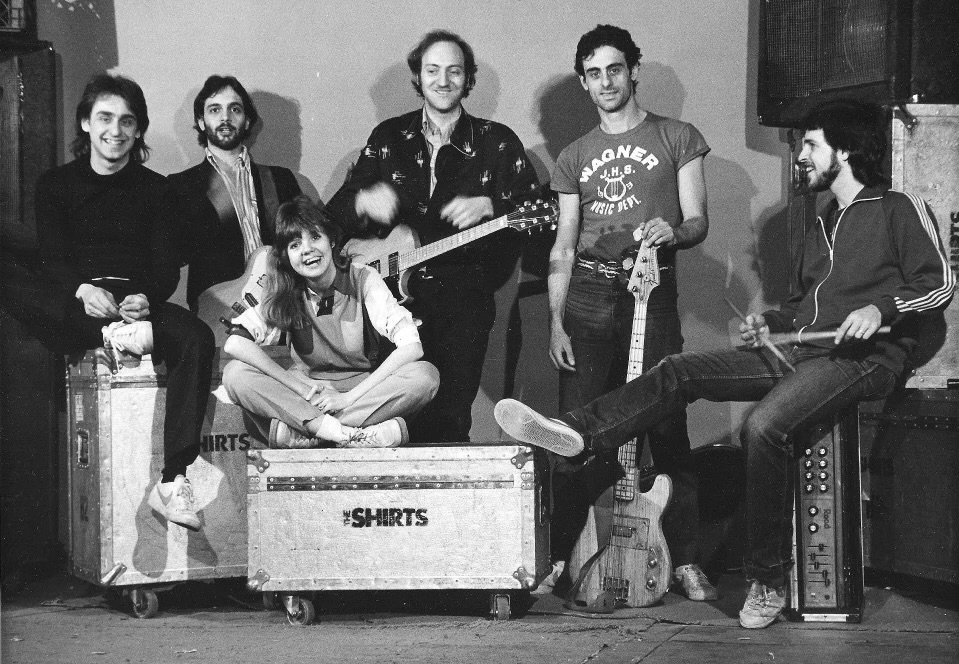
“We sort of picked up where we had left off”
Congratulations on your return after a 13-year hiatus! What inspired this reunion, particularly the chance meeting of Bob and Annie in Park Slope, Brooklyn, in October 2023?
Bob Racioppo: I had been writing songs for different projects in the years following The Shirts. Last October, I came up with the basic ‘Move on Groove’ thing and thought, “this would be a great Shirts track,” but dismissed the idea, feeling this couldn’t happen. Several hours later, going into my building in Brooklyn, who do I run into but Annie Golden. We hadn’t seen each other in a while and greeted each other warmly. I took it as weird synchronicity and told her I had just been thinking of her and The Shirts regarding a half-finished song I had. She said she’d help me finish it, and we went into the studio a few days later. Then the rest of The Shirts came in, added their parts, and there it was… a new Shirts song.
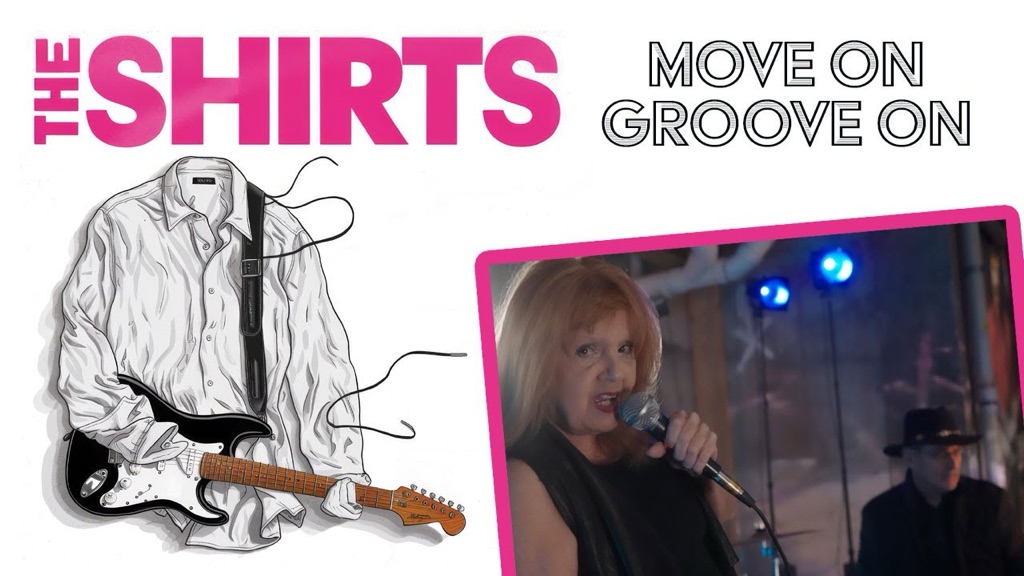
Your latest single, ‘Move On Groove On,’ captures the raw energy and infectious hooks that have been a trademark of your music. Could you tell us more about the creative process behind this new release and how it reflects your evolution as a band over the years?
Bob Racioppo: The Shirts began writing together in 1972, so we sort of picked up where we had left off.
With the release of ‘Move On Groove On’ and ‘Deux Royale,’ fans are eager to hear more from The Shirts. Can we expect a full-length album in the near future, or are you focusing on singles and EPs for now?
Bob Racioppo: Right now, it’s hard to make a prediction on Shirt projects going forward, but there’s a good chance there will be more.
“Our first gig there was with Television, our second with Talking Heads.”
Reflecting on your beginnings in the late ’70s CBGB scene, what are some standout memories or experiences that shaped The Shirts as a band during that pivotal time?
Bob Racioppo: The Shirts started in 1972, and to get work in clubs, you had to play covers. We wanted to do originals. In 1975, a friend brought us down to CBGBs where the policy was to book ONLY original bands. This was huge for us. Our first gig there was with Television, our second with Talking Heads.
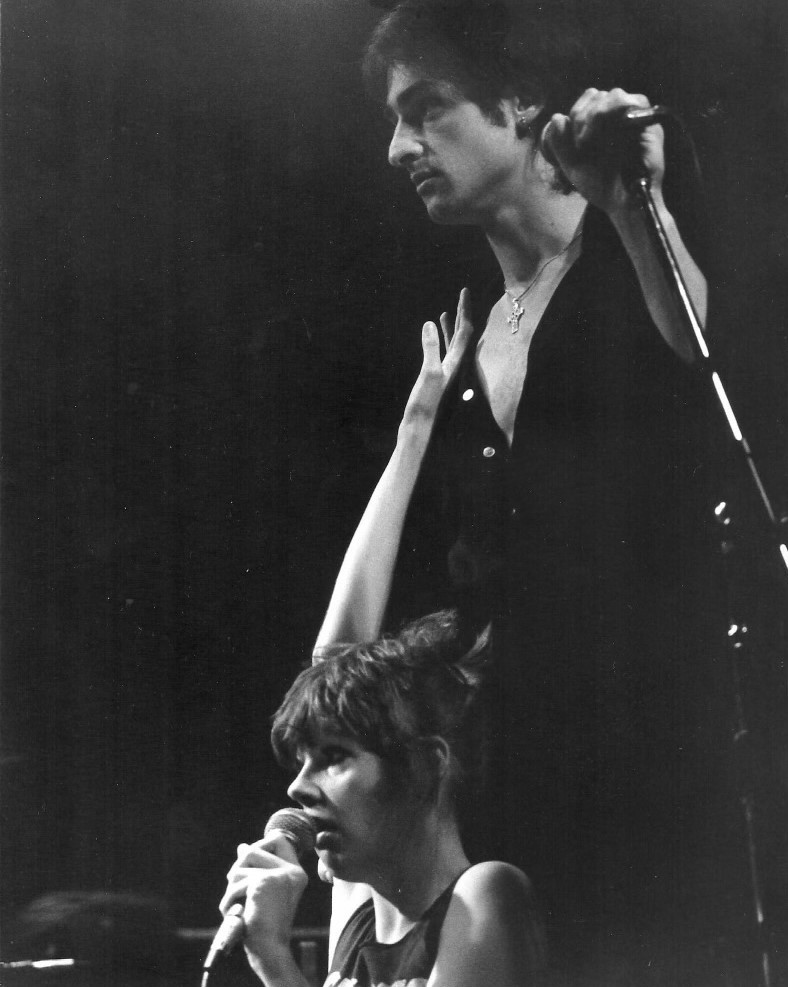
Your debut album, self-titled ‘The Shirts’ released in 1978, gained popularity in Europe, particularly with the single ‘Tell Me Your Plans’ charting in the top five in the Netherlands. How did the reception of your music in Europe differ from that in the US during that era?
Bob Racioppo: The Shirts did well in Europe; the people, as well as the record execs, seemed to “get us.” We had a good local following in New York and Boston but not across America. Was it the company not getting behind the band? Looking back, I’d have to say I really don’t know.
Your debut album, ‘The Shirts,’ was recorded in London while lead singer Annie Golden commuted back to the US to shoot Miloš Forman’s screen version of ‘Hair.’ How did this unique circumstance impact the recording process and the overall dynamic of the band during that time?
John Piccolo: I always felt for Annie having to fly back and forth to the United States. Besides affecting her ears from the flight, it must have been physically and emotionally draining wearing two hats. Unfortunately, we were a cohesive unit all the time — pretty much always together, so this challenged our creative dynamic or process.
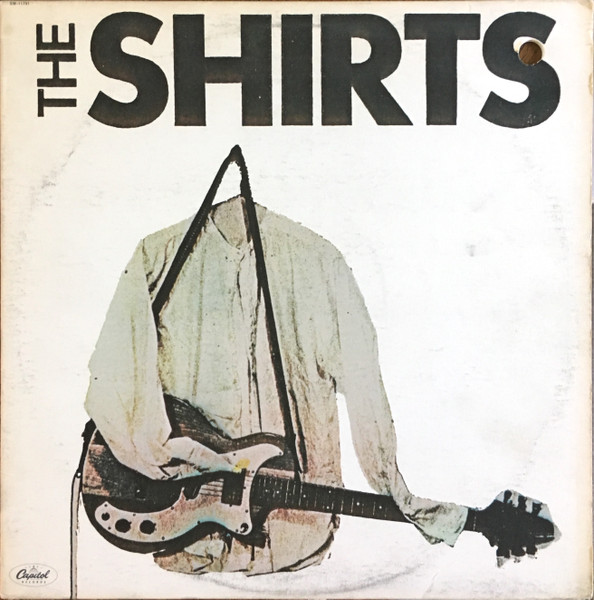
Reflecting on your early gigs at CBGB and other local venues, what were some of the most memorable moments or performances that helped solidify The Shirts’ reputation within the New York music scene?
Bob Racioppo: To me, it wasn’t one particular moment but a series of moments in which the crowd we played to at CBs seemed to grow with each gig. So over a period of two years (75-77), it went from a dozen people scattered around the club to a packed house with people jammed around the stage. It culminated when we opened for Deaf School, and Nick Mobbs from EMI, unbeknownst to us, was in the audience. A few months later, we were in London doing our first record.
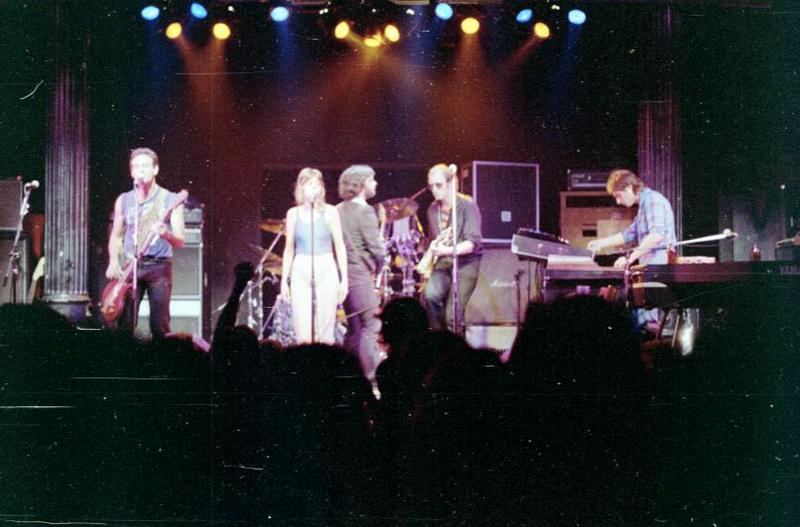
As one of the bands associated with the CBGB scene, what was it like to share stages with iconic acts like Television and Talking Heads? How did those experiences influence your own musical style and stage presence?
John Piccolo: For me, watching the other bands opened up a new and exciting way to play. For example, it’s evident on two songs. On the song ‘Time’ (on our third album), where I played guitar, I channeled the chugging style of Johnny Ramone. On the song ‘Ground Zero’ (on our second album), where I played the bass guitar, I channeled the percussive, short syncopated staccato notes of Tina Weymouth.
The Shirts auditioned for CBGB owner Hilly Kristal and were eventually hired to play as the headlining band. How did CBGB’s unique atmosphere and audience impact your development as musicians and performers?
Bob Racioppo: The unique thing about CBs in the early days was that you would play Thursday through Sunday, two sets a night. That’s what made all the bands better.
Your sound was described as more pop and dance-oriented compared to other bands associated with CBGB. How did you navigate this distinction within the punk/new wave scene, and what do you think set The Shirts apart from your contemporaries?
John Piccolo: We were more diversified or poly-stylistic in the body of work we performed as a band because we were all songwriters. The record companies didn’t know what to do with us. We could be straightforward with a lot of raw energy, as in ‘Teenage Crutch’ and ‘Poe,’ which is like punk/new wave. Then, with songs like ‘Tell Me Your Plans’ and ‘Out on the Ropes,’ we played emotional melodic ballads. At the same time, in ‘Milton at the Savoy,’ we had a complex orchestration of theatrical jazzy brass horns and upbeat vocals. Our song ‘Cathedral’ was theatrical and complex as well. So we were sometimes compared to Queen or progressive rock because of those lengthy compositions but also had some quirky, new wave sounds.
‘Street Light Shine’ (1979) showcased a more eclectic sound compared to your debut album, and it became a financial and critical success in Europe. What inspired this shift in musical direction, and how did it impact your trajectory as a band?
Bob Racioppo: Everyone in the band wrote songs, so our sound was diversified. ‘Street Light Shine’ was a natural evolution of the band.
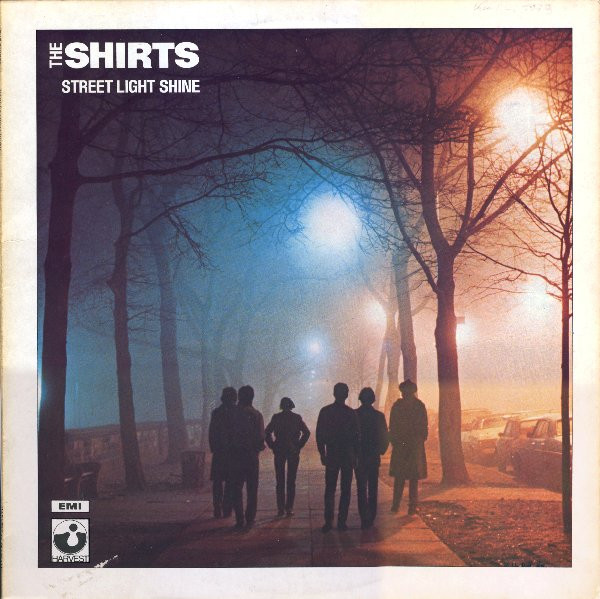
Your third album, ‘Inner Sleeve’ (1980), faced challenges with recording and label support. Looking back, what were some of the key lessons learned from that experience, and how did it influence your approach to subsequent projects?
John Piccolo: By the time the third album was recorded, the business totally affected us… EMI was gone. Mike Thorne, our producer, was gone. The Capitol business people took over. After these dramatic changes, I personally was no longer interested in being part of the music business. Looking back, we should have stuck together as a unit and protected our creative process from outside influences. So later on, when I worked with Ron Ardito (of The Shirts) and another band called Idle Chatter, I felt I had better boundaries and was able to re-immerse myself in the joy of the creative process.
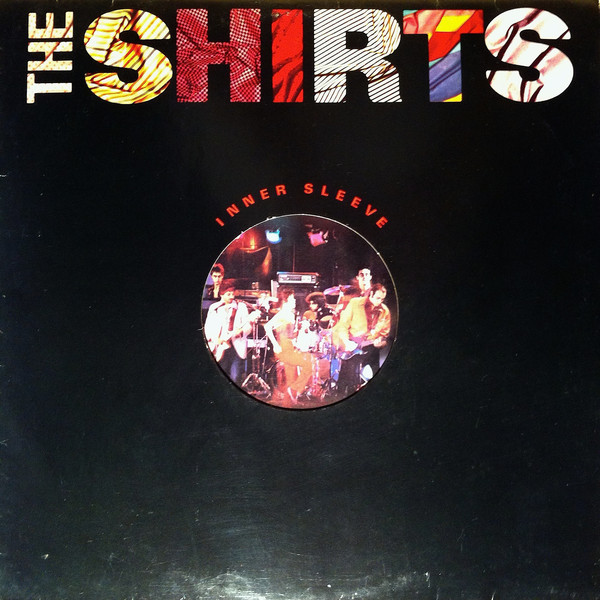
After a hiatus, The Shirts reunited in the 1990s for benefits for CBGB. What was it like to come back together after years apart, and how did those experiences inform your decision to continue performing together in the years that followed?
Bob Racioppo: It was fun doing that CBGB anniversary gig, and it’s still fun anytime we manage to get together.
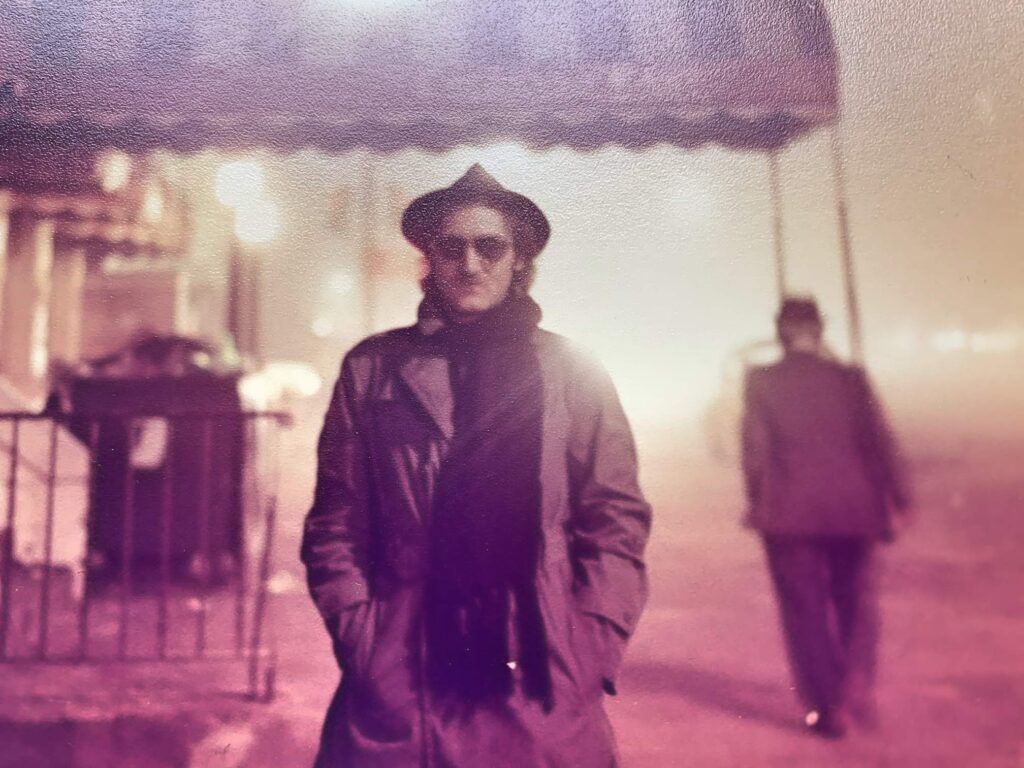
Your discography includes several singles that were released in the late ’70s and early ’80s. Do you have any personal favorites among your singles, and what memories or stories stand out from those recording sessions or performances?
John Piccolo: ‘Tell Me Your Plans’ was one of my favorite songs to play. There were times I got so emotional that my body would shake while playing keyboard—so adjusting my volume pedal to my keyboard would make the sound come out as though I had a tremolo on it. It was always a powerful feeling to play songs like ‘Laugh and Walk Away,’ ‘Poe,’ and ‘Cathedral.’
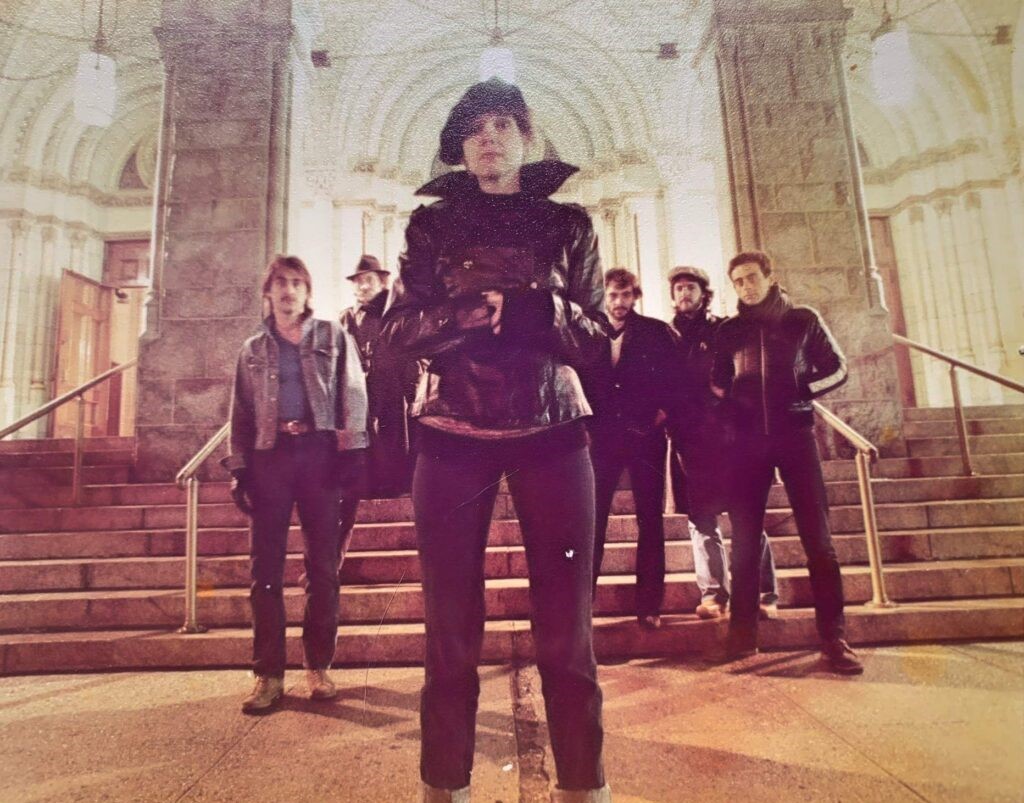
As you look ahead to the future of The Shirts, what are your hopes and aspirations for the band, both musically and in terms of your impact on fans and the wider music scene?
Bob Racioppo: I guess it depends on the reaction to the two new tracks we released. Personally, I’d love to do a new record and play some live shows. A lot of things would have to fall into place for that to happen, but it’s possible.
Klemen Breznikar
Headline photo: JR (Jr. Rost)
Think Like A Key Music Official Website / Facebook / Twitter / Instagram / Bandcamp / YouTube

